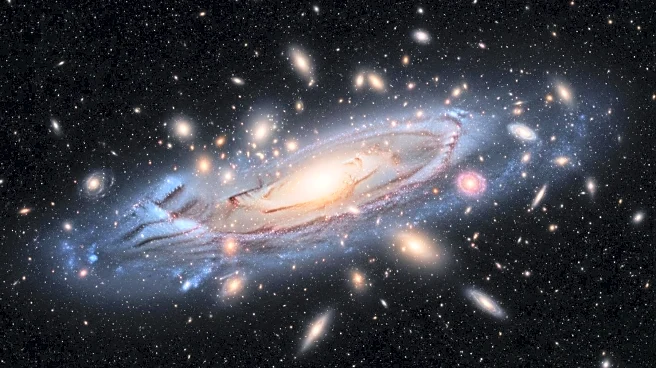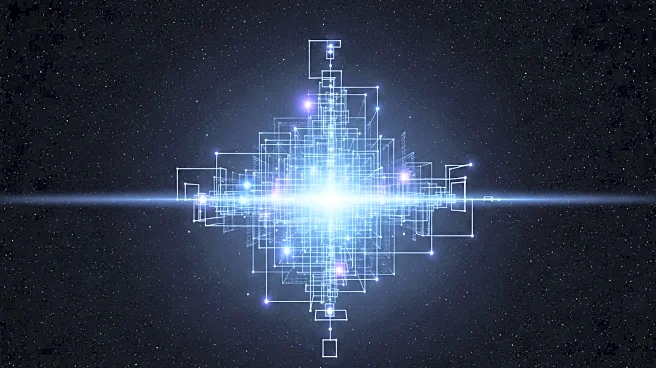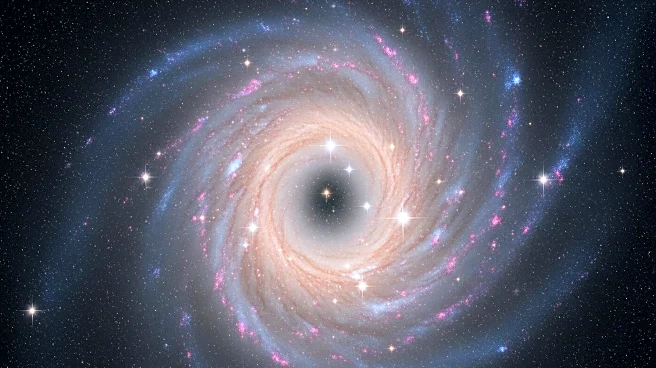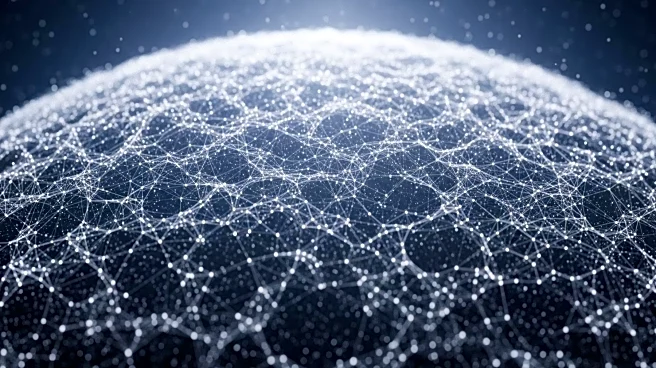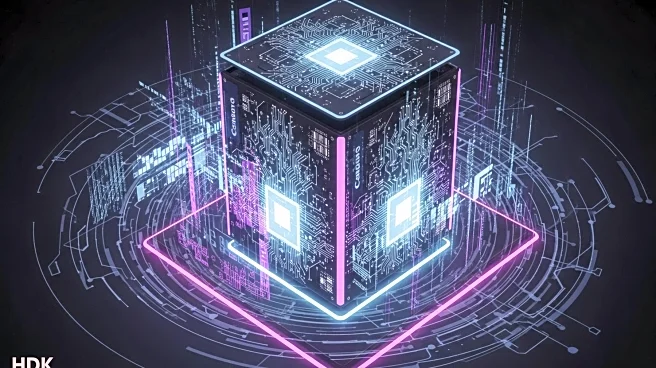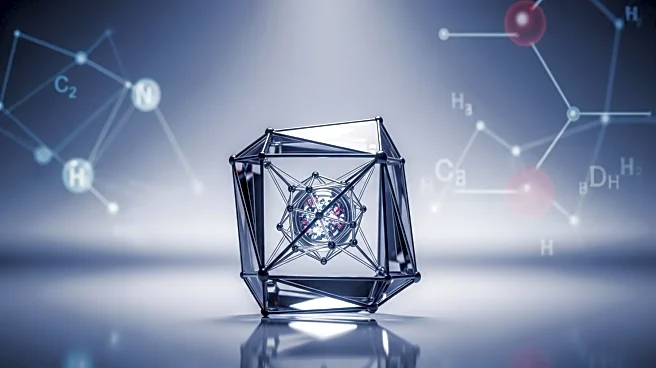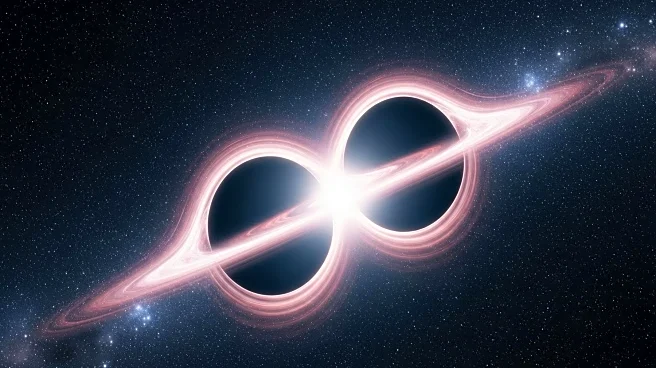What's Happening?
The LUX-ZEPLIN (LZ) experiment, the world's most sensitive dark matter detector, has released new findings that narrow down the possibilities for weakly interacting massive particles (WIMPs), a leading dark matter candidate. Conducted at the Sanford Underground Research Facility in South Dakota, the experiment analyzed 280 days of data, including 220 days collected between March 2023 and April 2024. The LZ detector uses a highly isolated environment created by 10 tons of pure liquid xenon to capture faint signals indicative of WIMPs. The results, published in Physical Review Letters, aim to set bounds on the nature of dark matter, a mysterious substance that constitutes most of the universe's mass.
Why It's Important?
Understanding dark matter is crucial for comprehending the universe's structure and evolution. The LZ experiment's findings help refine the search for dark matter by eliminating incorrect models and focusing on viable candidates. This advancement in dark matter research could lead to significant breakthroughs in physics, potentially unveiling new particles and interactions. The experiment's ability to detect rare events also opens avenues for exploring other areas of physics, such as solar neutrinos and xenon isotope decays. The collaboration involves 250 scientists from multiple countries, highlighting the global effort to solve one of physics' greatest mysteries.
What's Next?
The LZ collaboration plans to collect 1,000 days of data before concluding the experiment in 2028. Researchers are considering upgrades to improve the detector's sensitivity and are planning for a next-generation dark matter detector called XLZD. The ongoing analysis will focus on lower-mass dark matter and employ new techniques to enhance detection capabilities. As the field of possibilities for WIMPs narrows, scientists will continue refining their models and search strategies, potentially leading to groundbreaking discoveries in the coming years.
Beyond the Headlines
The LZ experiment's approach to reducing background noise and false signals is pivotal in ensuring accurate results. Techniques such as 'salting,' which involves adding fake WIMP signals during data collection, help prevent unconscious bias in analysis. The experiment's success in ruling out mimics like neutrons and radon underscores the importance of precision in dark matter research. The collaboration's efforts contribute to a long-standing tradition of dark matter research at UCSB, supported by private donations and institutional backing.

